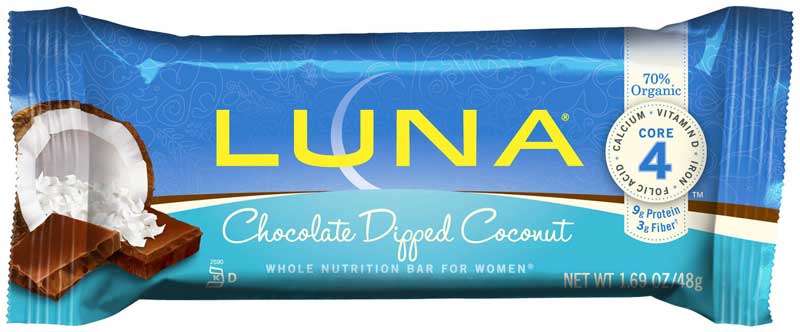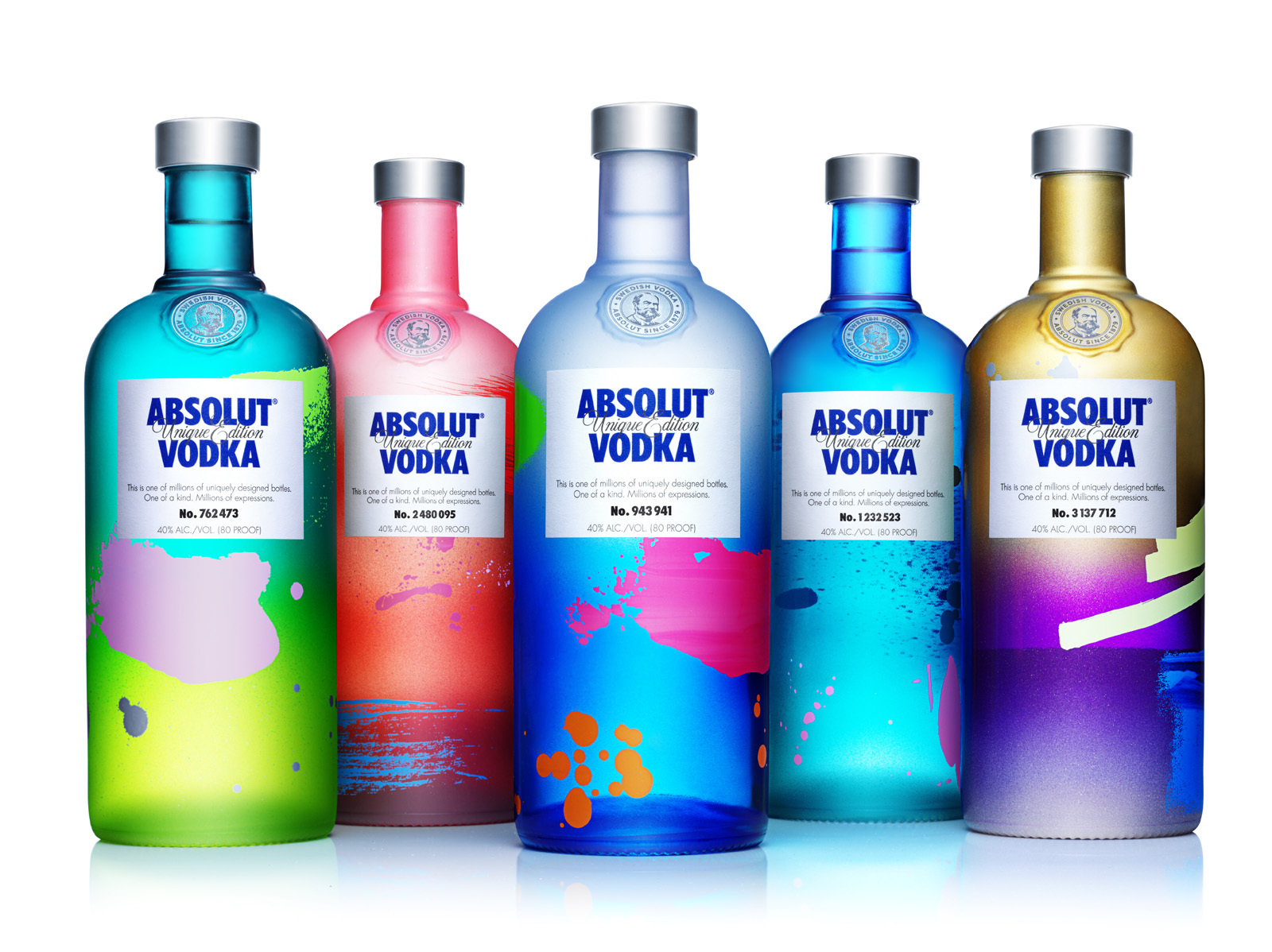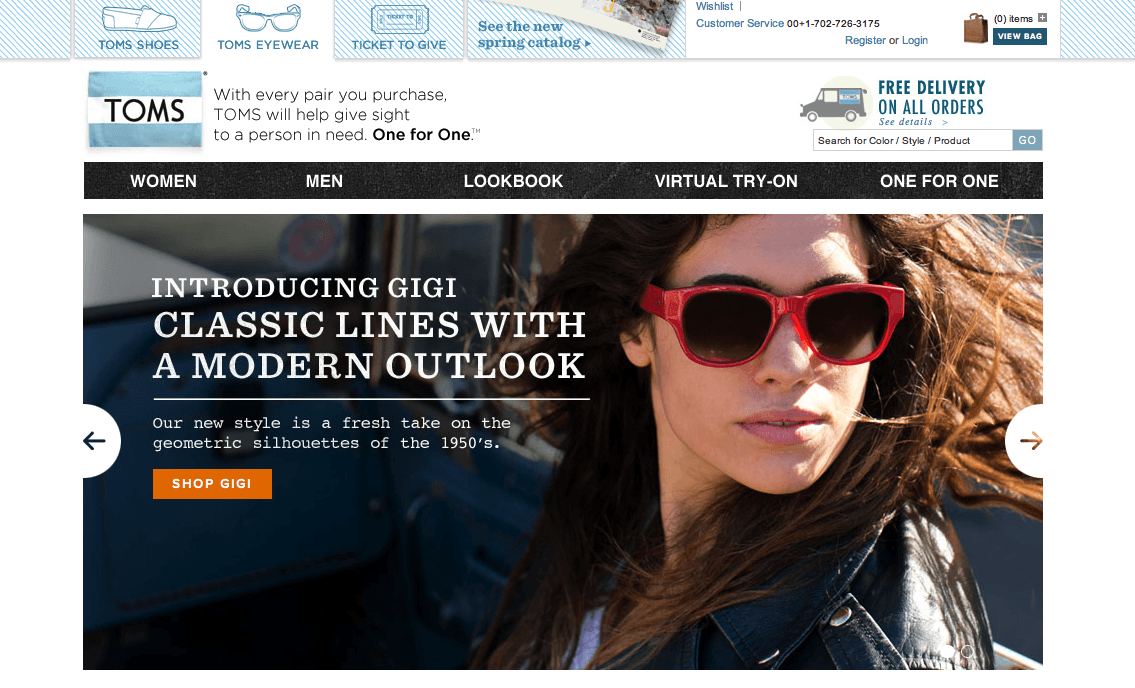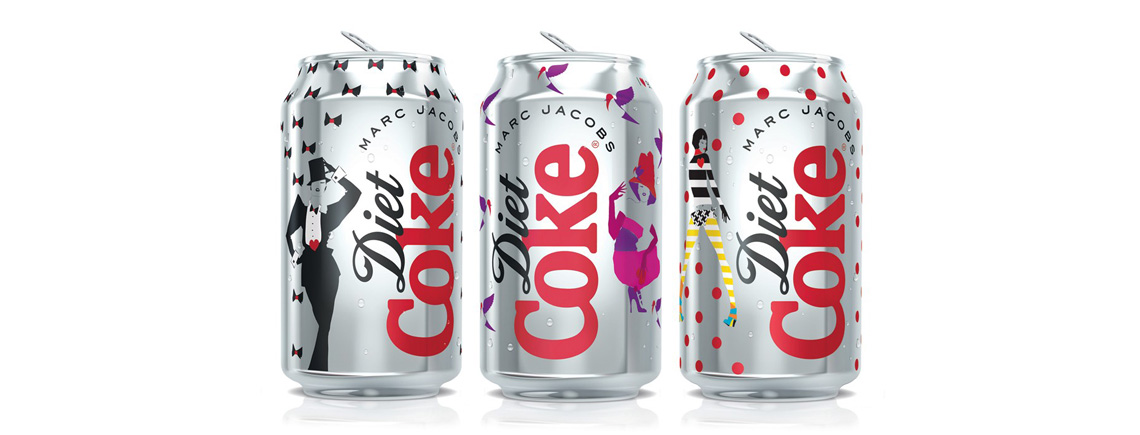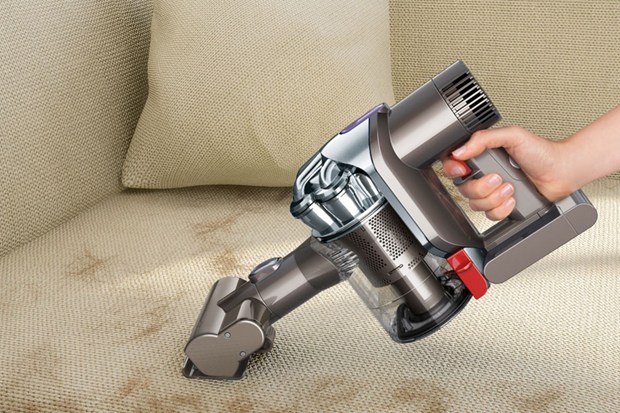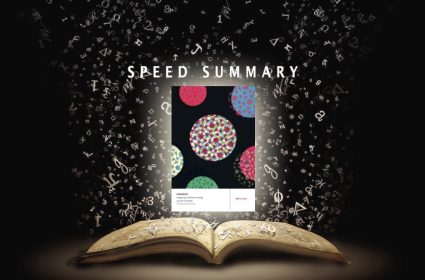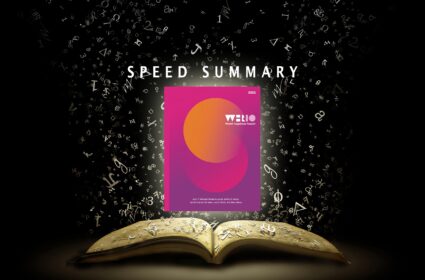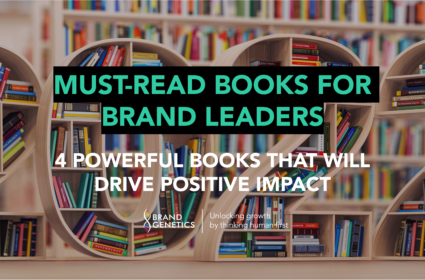Influence: The Science of Persuasion [Speed Summary]
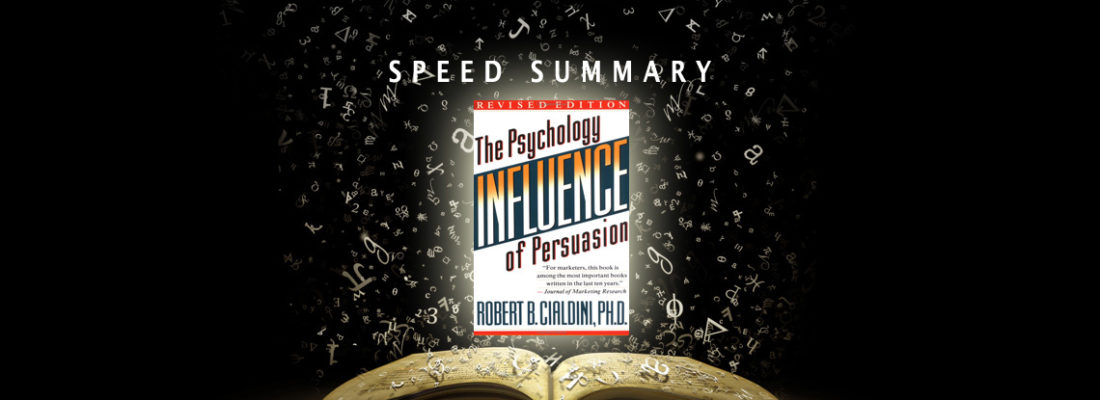
- Influence: The Psychology of Persuasion
- Author: Robert Cialdini
- Publisher: Quill
- Publication: 2007 (Revised Edition)
Hailed by the Journal of Market Research as “among the most important books written in the last ten years”, Robert Cialdini’s Influence: The Science of Persuasion is essential reading for anybody involved in new product concept development.
The book outlines the six universal “persuasion cues” (mental rules of thumb or “heuristics”) that consumers use to make decisions at the supermarket aisle around the world. Understanding these persuasion cues allows us to develop and present our new product concepts in their most compelling fashion, survive the torture test of concept screening, and thrive in the market.
Authority (Designed By Experts)
- The Cue: People have a natural tendency to defer to the conclusions of an expert or authority, regardless of what they say. With specialist knowledge, experience and expertise, they save us time and energy thinking things through.
- The Science: The Shockbox Experiments (1961). A majority (61-66%) of people recruited to participate in memory tests gave each other increasingly severe electric shocks up to and including a “fatal” 450V dose as part of the test, if asked to do so by an authority figure – a distinguished looking experimental scientist (participants receiving the shock were stooges, there was no real shock).
- The Product Concept: Designed by experts… (e.g. This new energy bar, designed in collaboration with a team of sports nutritionists….).
Consistency (Designed to Fit)
- The Cue: When faced with uncertainty, we’ll opt for the one that is consistent with our beliefs and past behaviour. When our beliefs and behaviours don’t match up, we feel psychological discomfort, “cognitive dissonance”, which is a big motivator for trying to be consistent; particularly with any active, public and voluntary commitments we’ve made.
- The Science: The Big Billboard (1966). Experimenters, posing as members of the “Community Committee for Traffic Safety”, knocked on the doors of residents in an affluent residential area in Palo Alto, California, asking if they could put up a huge “Drive Carefully” billboard on their front lawn, completely obscuring their view. Not surprisingly, the vast majority (83%) refused outright, except for one group of residents, 76% of whom agreed. What this group had in common was that two weeks prior, they had been contacted and asked if they’d put a small “Be a Safe Driver” car sticker on their cars – virtually all had agreed. Once the residents had made a public commitment to a small request, they felt the need to be consistent with the large request, and accepted the big billboard.
- The Product Concept: Designed to Fit (e.g. This on-the-go breakfast bar, designed to fit your lifestyle…).
Scarcity (Designed Exclusivity)
- The Cue: Our minds are hardwired to value scarce resources; we instinctively assign more value to opportunities as they become less available – partly out of fear of potential loss (known as psychological reactance), and partly because ownership signals status
- The Science: The Cookie Jar Experiments (1975). Participants were asked to rate chocolate chip cookies. Experimenters put 10 cookies in one jar and two of the same cookies in another jar. The cookies from the two-cookie jar received far higher ratings, even though the cookies were exactly the same. (Also of note; ‘Romeo and Juliet Effect’ research that shows teen lovers who are restricted/prevented from seeing each other value their relationship more; and the ‘Plexiglass Experiments’ showing that toddlers prefer toys that are made unavailable to them (behind a plexiglass barrier).
- The Product Concept: Designed Exclusivity (e.g. This limited edition vodka, each in a one of kind bottle…).
Reciprocity (Designed to Give)
- The Cue: We have a natural inclination to repay favours, whether those favours were invited or not. We feel good when we reciprocate favours, partly because of our innate sense of fairness and social contract, and partly because reciprocity is socially rewarded because it is the social glue that makes cooperation, relationships, community and society possible. Now you know why you feel bad when you receive a season’s greeting card from someone to whom you haven’t sent a card.
- The Science: The Coke & The Raffle Ticket (1971). Experimenters posing as art students joined group museum art tours and found they could sell significantly more student raffle tickets at the end of the tour to other members of the tour, if during the tour they did (unsolicited) favours to tour members – such as buying them a Coke. Tour members felt the need to reciprocate the favour, even though they had not asked for the Coke in the first place.
- The Product Concept: Designed to Give (e.g. These glasses not only help you see, but also help a child in need see…)
Liking (Designed by Celebrity)
- The Cue: We have a natural inclination to emulate and agree with people we have affinity with – people we like, admire or find attractive. This is partly to build social bonds and trust (saying yes is a form of ‘social grooming’ – the human equivalent to animals picking fleas from each other), and partly as an impression management strategy, managing our image and identity by association.
- The Science: Nixon/Kennedy Debate (1960). Radio listeners and television viewers were asked to rate the performance of two presidential candidates in a live broadcast debate. Radio listeners rated Nixon’s performance higher, but television viewers did the opposite – overwhelmingly handing the debate to Kennedy. The difference? Kennedy came across visually more likeable, more attractive and fresh-faced. Nixon, on the other hand was looking haggard (just coming from a hospital visit), unshaven and sweaty. (Also of note; research showing physical attractiveness (closely linked to liking) influences things as wide ranging as our salary and our likelihood to be found guilty in court (less attractive people twice as likely to be found guilty).
- The Product Concept: Designed by Celebrity (e.g. This new limited edition Diet Coke can, designed by Marc Jacobs).
Social Proof (Designed by the People)
- The Cue: To resolve uncertainty of what to do or buy, we often look to what others are doing or have done, and take our cue from them. When something stands out as particularly popular or dominant, we instinctively perceive this as social proof that it is the correct, most valid option – it’s classic peer power in action.
- The Science: The 42nd Street Experiment (1969). A single passerby was asked to stop on 42nd Street NYC and gaze skyward for 60 seconds. Other passersby walked past, ignoring him. But when 15 passersby were asked to do the same thing, 40% of people on the busy street also stopped to look up, almost bringing 42nd Street to a complete halt within a minute. Classic Marketing Application: Using the ‘Power of Lists’ to associate a brand with the ‘best selling’, ‘market leader’ ‘#1 choice’ or ‘fastest growing’.
- The Product Concept: Designed by the People (e.g. This next generation vacuum cleaner, designed in collaboration with over 5,000 consumers)
The BG Take
Few doubt that Cialdini’s Influence, The Psychology of Persuasion, is a must-read marketing classic; it has influenced too many successful marketing campaigns. But we think the real opportunity lies not in insightful marketing campaigns but in insightful new product concept development. Cialdini’s six persuasion cues reveal the six universal product concept archetypes that have universal consumer appeal. By building new product concepts from genuine insight into how we choose products from the aisle, Cialidini provides us with a blueprint for genuine insight-led new product development.



